From Silos to Systems: Integrating Health and Safety into Organizational Wellbeing
How can employers move from fragmented safety programs to a more integrated, strategic approach?
Most organizations want their people to thrive, but too often workplace health, safety, and wellbeing efforts live in separate silos. A growing body of research shows that the conditions of work, from scheduling to workload to leadership, are central to both physical safety and long-term wellbeing. And integrating safety into broader health and wellbeing strategies is essential for building resilient, high-performing organizations.
What Is Integration and Why Does It Matter?
The concept of integration goes beyond offering wellness programs, health education opportunities, or a safety training. It’s about designing work environments that support the whole person, physically, mentally and socially. It requires:
Leadership commitment to wellbeing, health and safety as core values within the organization
Policies and practices that actively improve working conditions
Structures for employee voice and participation
Data-informed evaluation and continuous improvement
As the Harvard T.H. Chan Center for Work, Health, and Well-being puts it, “A safe and healthy workplace is not simply one with fewer injuries, but one where the conditions of work actively support health and wellbeing”.
A Framework to Consider: Total Worker Health®
In the U.S., the Total Worker Health® (TWH) framework from the National Institute for Occupational Safety and Health (NIOSH) provides a strong foundation for this work. TWH emphasizes policies, programs, and practices that integrate protection from work-related safety and health hazards with efforts to promote injury and illness prevention and advance worker wellbeing. NIOSH’s Healthy Work Design and Well-Being program supports this with practical tools like The Total Worker Health Toolkit.
Tools and Resources:
Here are some respected and evidence-based resources to help you embed health and safety into your organization’s strategy:
The WISH Assessment: Developed by Harvard researchers and NIOSH, the Workplace Integrated Safety and Health (WISH) assessment evaluates six key domains—from leadership to working conditions—that are foundational to an integrated approach.
Campbell Institute’s Systems Approach: This practical guide from the National Safety Council outlines how organizations can align health protection and promotion through leadership engagement, systems thinking, and continuous learning.
Harvard Center Implementation Guidelines: These downloadable guidelines walk through the steps to operationalize an integrated approach, with examples from real organizations.
What Integration Looks Like in Practice
Instead of launching a stress-reduction campaign after employees are burned out, integrated strategies examine the sources of burnout in the work environment. That might include:
Improving workload and staffing
Training supervisors in supportive communication
Redesigning shift schedules
Establishing clear reporting structures for psychological safety
This is prevention at its most effective: changing the system, not just asking individuals to cope better.
Leadership and Culture Are Key
This NIOSH Science Blog post noted that “supportive leadership is one of the most powerful levers for improving wellbeing at work.” Supervisors who check in, model healthy behaviors, and advocate for their teams can make or break the success of integrated wellbeing efforts. Investing in manager training is critical for employee wellbeing and should come before or in tandem with other programs and interventions.
How to Start:
If you’re ready to go beyond siloed programs and take a more strategic approach to integrating health and safety into your workplace wellbeing strategy, here’s where to begin:
Assess your organizations baseline
Engage your leadership team and ensure alignment in desired outcomes
Design or revise your strategy to link to organizational objectives and layer in programs and interventions
Train managers and supervisors in supportive leadership strategies
Measure, refine, and share progress with your teams
Be sure to register for our next event! Check out what’s coming up next here. Let's continue to build cultures of wellbeing, together!

